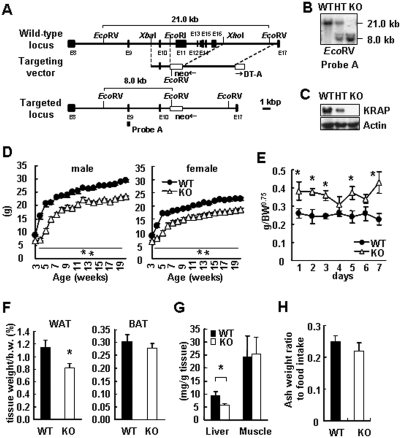Figure 1. KRAP−/− Mice Showed Decreased Weight-Gain and Decreased Adiposity.
(A) Targeted disruption of the KRAP gene. A region of the murine KRAP gene containing exons 11–16 was replaced with a neomycin resistance cassette. DT-A, Diphtheria-toxin A fragment; E, exon; neo, pGKneo. (B) Southern blotting of EcoRV digested tail DNA using the 5′ external probe A. WT, wild-type; HT, heterozygous; KO, KRAP−/−. (C) Western blotting with the KRAP antibody of liver lysates. (D) Body weight (BW) for KO and WT mice (n = 5–14 per group). P<0.01; F (1, 8) = 160.3 for male; P<0.01; F (1, 11) = 146.4 for female. (E) Food intake for KO and WT mice normalized by BW0.75. 30–36 weeks of age; n = 6. P<0.01; F (1, 10) = 12.6. (F) Percent body fat mass of epididymal white adipose tissue (WAT) and interscapular brown adipose tissue (BAT) (20 weeks of age; n = 9). (G) Tissue triglyceride content of livers and skeletal muscles, n = 9. (H) Daily ash mass of adult mice normalized to their food intake, n = 10. All the data are presented as mean±S.E.M.; *P<0.05; **P<0.01 compared with wild-type controls.

